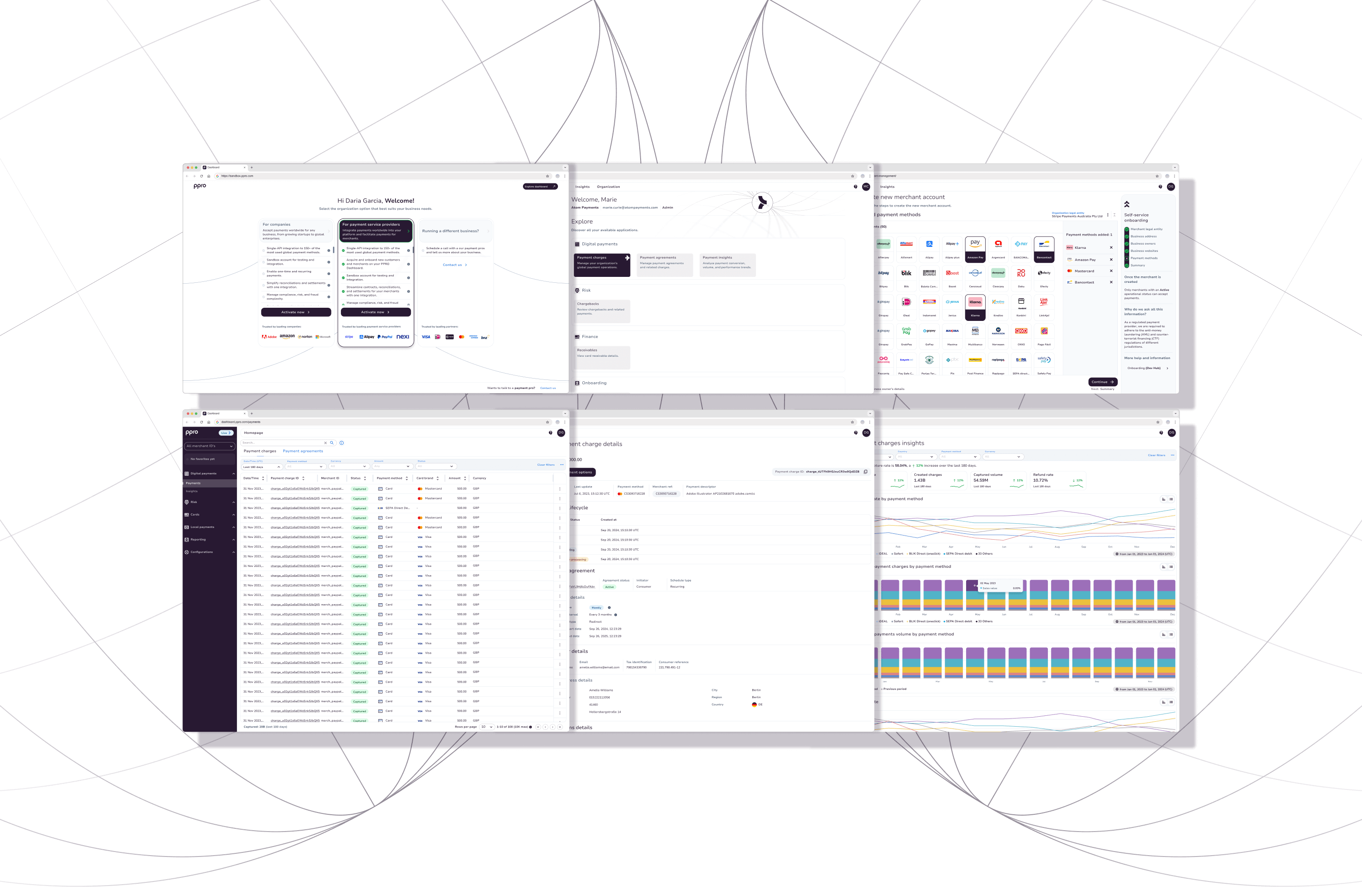The art of crafting a bridge between patients and therapists

Selia.co

The case
Accessible therapy made easy
Selia's digital platform enhances therapy accessibility through a user-friendly interface. Two business models, B2C and B2B, cater to a diverse customer base, expanding growth potential.
My role in product design
As a product designer at Selia, my role was critical in identifying areas of improvement and developing effective solutions to enhance the user experience.
I conducted a thorough analysis of qualitative data collected via Typeform surveys, user interviews, and Hotjar recordings and heatmaps samples, as well as quantitative data obtained through data analysis tools like Amplitude and Metabase. Based on these findings, I made informed decisions and collaborated with cross-functional teams to implement improvements, driving exponential growth in the short and long term.
this case study is intentionally limited due to NDA. If you want to know more about my work in Selia, contact me

The challenges
- Implementing a design system to maintain consistency and scalability across various applications while ensuring that the design system meets the specific needs of each application.
-
- Redesigning the patient app homepage while maintaining a balance between the user's needs and the business objectives of Selia.
-
- Refining the scheduling flow in the patient app to ensure that the user experience is seamless, regardless of whether the user is accessing the app from a mobile or desktop device.
-
- Optimizing design operations at a rapidly growing company like Selia involved streamlining the design process and boosting efficiency. The key challenge was balancing short-term needs with long-term goals while ensuring the design team stayed agile and adaptable.

Relevant projects and
lateral productions
- Design, analyze, extend and maintain the design system to implement components and design tokens across other applications and back-office tools of the product.
-
- Explore and analyze revamp options for the patient app homepage and therapist marketplace.
-
- Refine the interface and user experience of the scheduling flow in the patient app, both for mobile and desktop versions.
-
- Optimize design operations to streamline design processes and increase team efficiency.

Business impact
During my time at Selia, I had the opportunity to work on various projects and face numerous challenges. Through these experiences, I gained valuable insights into the business impact of my work. Here are a few examples:
- The optimized scheduling flow drastically improved user experience, cutting frustration from 8/10 to 5/10 and scheduling time for power users from 5-40 to 1-20 minutes. This boosted satisfaction, cut churn, and increased revenue.
- Implementing design ops in an agile environment significantly improved team collaboration and information sharing. This reduced blockers, enabling more efficient work with product, marketing, and data teams, leading to faster, higher-quality project completion and increased revenue.
- The home redesign exploration significantly enhanced the company's understanding of user behavior, hierarchy, and optimal modular distribution for features and functions within the patient app's home screen.
.jpg)
Reflections
- My time at Selia as a Product Designer taught me to integrate design with business objectives, fostering a growth-led mindset that always sought optimization and balanced short-term and long-term goals.
- Working with Selia's limited resources and small design team demanded agility, making creative problem-solving and cross-team collaboration second nature.
- Developing a design system was key. This process, though requiring time and buy-in, proved essential for consistency, scalability, enhanced user experience, and design efficiency.
- Redesigning the patient app homepage and scheduling flow taught me to balance user needs with business goals through research, collaboration, and iteration, providing invaluable skills.





